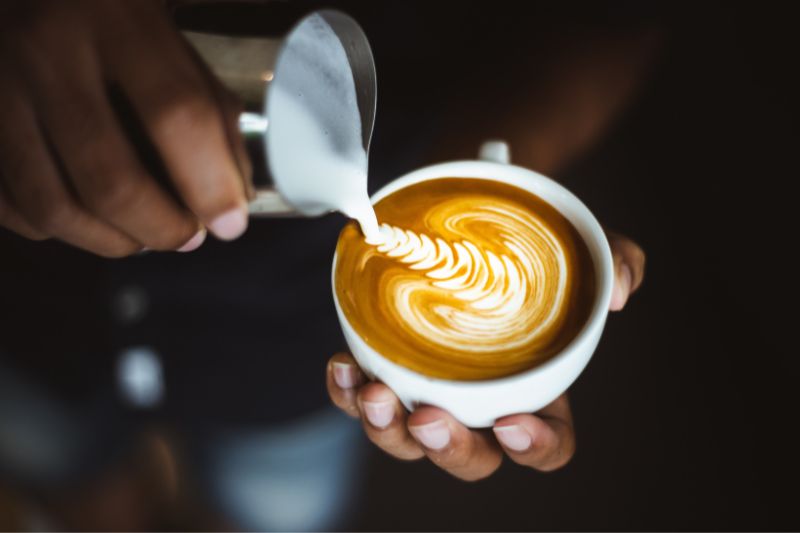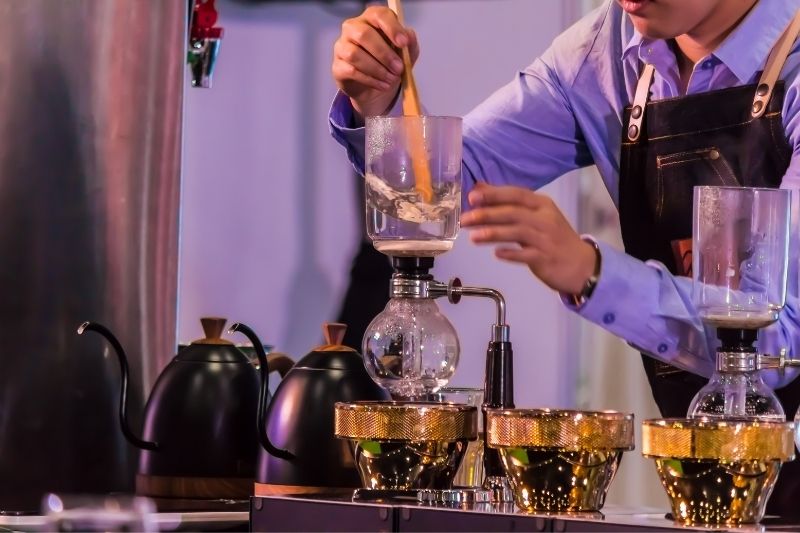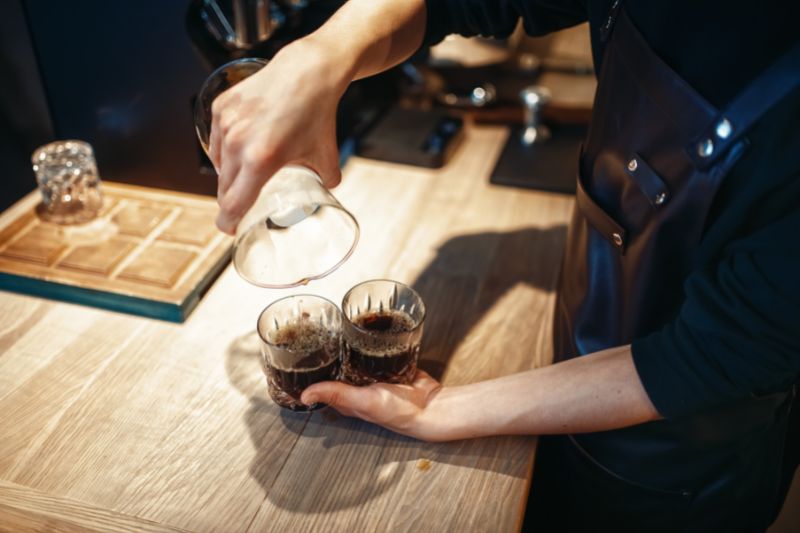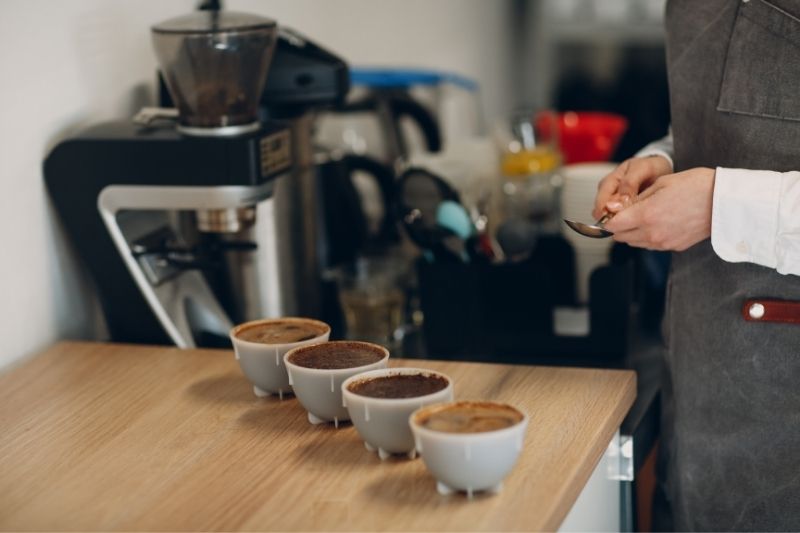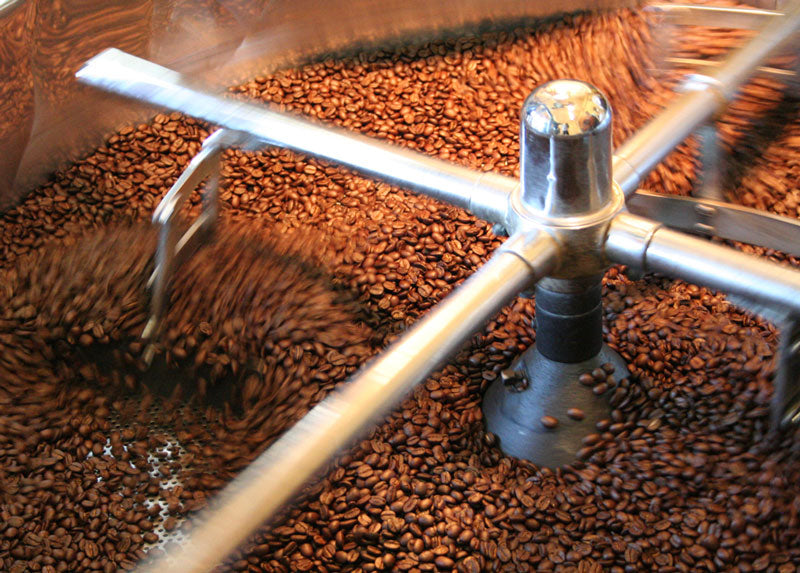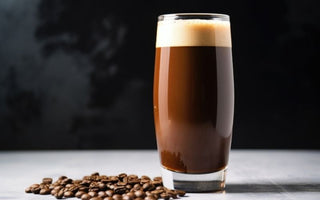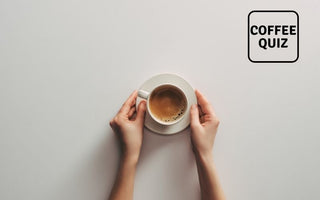Introduction
Strange as it may sound, there are thousands of coffee-related events held all over the globe each year.
Sure, most of them are merchant conferences and auctions for special varieties, but one shouldn’t forsake the competitions on all possible sub-divisions of the industry.
There is a Barista Championship, held domestically in many countries and then globally which evaluates coffee-brewers on their espresso. It is the largest of the championships and has brought a lot of valuable insight for anyone who had the opportunity to watch it.

There is a Latte Art Championship, held in the same manner, which is all about artistry and drawing on your coffee. Liquid on liquid is anything but simple, and these professionals make it look like child’s play.
And there is a tournament structured around both technique and individuality at the same time, putting harmony forward as the most imperative ingredient.
This is no other than the Brewers Cup, and the version of Japan is in my opinion, one of the best examples of that!
What is the Japan Brewers Championship?
The Japan Brewers Championship (JBrC) started being held in 2014, by SCAJ, and is the domestic version of World Brewers Championship.
Although closely related to the Japan Hand Drip Cup, for which you can find more information over here (link here), the Brewers Championship is a competition that balances mastery of technique and individuality.
In short, the Hand Drip competition requires the use of identical coffee beans, equipment, water, etc., in order to evaluate not the coffee, but the mastery of the technique.
The Brewers Cup, however, seeks to take that valuable goal of the Hand Drip and add to it even further. As you will read later in this article, the manner of this competition is not regular amongst coffee events.
What is desired of the competitors, is to be not only exceptional in the basic manual brewing method, but creative as well, when it comes down to selecting and presenting their own cup.
To participate, it is optional to have the Japanese nationality. However, one should have a minimum of 2 years of certified experience in the industry. The participants should also be 18 years old or older.

It also ought to be noted that there is a registration fee, different for SCAJ members and non-members.
Naturally, the winner of the championship, assuming they are Japanese, will move on to represent Japan in the World stage on the following year. On top of that, they will be awarded a 100.000-yen prize and a certificate of their accomplishment.
So, without further ado, let’s take a closer look into the competition!
About the competition
There are a lot of unique traits that make this championship interesting but also really complicated, so let’s start with the basics.
For starters, the participants will have to compete in two rounds: the Qualifying, and the Finals.
For the Finals, only the competitors with the 7 highest scores may proceed.
Now, aside from the 2 rounds, we have to introduce the two competition formats upon which the participants will face each other.
They are called Compulsory Service and Open Service, and a competitor who doesn’t reach the finals will only encounter one of the two.
Open Service
For Japan, the competitors of the qualifying round will compete in Open Service to advance to the Finals.
Open Service is the more flexible of the two formats, as it allows for both presentation and individuality.
More specifically, the competitor will be given 5 minutes to prepare and 10 minutes to officially compete, with coffee and equipment of his own choosing.
There are no restrictions as to how or when that coffee should be grinded, but the participant is free to pick whatever they wish. They could grind it there or home for example. For some coffees a few days of exposure after grinding could have a pleasant impact on the taste too.

In terms of equipment, the competitor can use whichever method he wishes, as long as it is a manual brewing method. The concept of the competition is coffee made of 98.3 % liquid, a measure mainly meant to discourage the use of espresso.
It should also be noted, that other than the equipment and coffee flexibility, the contestant is not allowed to use any other ingredients in the mix. It has to be made of only water and coffee.
The competitor should also present their coffee while brewing it, explaining both the mindset behind his selected blend, as well as the unique traits of the beverage itself.
Last but not least, and this one took me by surprise, the competitor can supply their own water, with the restriction that it will be tested before the competition to see if there are any additives inside.
Compulsory Service
Now the Compulsory service is the part of the competition that has no interest when it comes to the end result, but deserves all the attention for its strict, yet intriguing procedure.
Basically, the competitors that have reached the finals, are now called to brew the best coffee they can, with coffee officially selected by the JBrC committee.
They will be given a small bag of around 350g to prepare for the tournament, no longer than 7 days before. Then they will be given 7 minutes to prepare three separate drinks for the 3 judges, without presenting.
In fact, even trying to present in this case could result in negative score, since it can be perceived as nudging the jury.
The competitor will find everything they need on the counter, as well as a sealed bag of coffee almost identical to the one they practiced with.
They will have around 8 minutes to practice one more time if they wish, and/or setup their environment more favorably, until the competition time begins.
In terms of equipment, everything is provided by the sponsors of the tournament, from kettles and water to cups for the judges.

Naturally, the only ingredients allowed here too, are water and coffee.
For the finals the 7 who stood out will perform their Open Service one more time, with the same duration as in the qualifying round, and the exact same flexibility.
The scores of the Compulsive and Open Services will be summed and the maximum total score can be 200.
Evaluation Criteria
Now, the way evaluation works in this championship has a genuinely unique style compared to other coffee-related championships.
But let’s take things from the beginning. First of all, there are 3 sensory judges that will taste 3 separately brewed drinks from each competitor.
After them, there is a Head Judge overseeing the process and evaluating the entire workflow of the barista, as well as the presentation, but only for the Open Service competition.
What the judges are looking for from the competitors are exemplar quality of beverage, outstanding customer service and of course an accurate articulation of the taste they should expect. Naturally, this is ideally paired up with a graceful workflow.
The evaluation scale is the same for both Round One and Finals Round:
- Unacceptable: 0
- Acceptable: 4 – 4.75
- Average: 5 – 5.75
- Good: 6 – 6.75
- Very Good: 7 – 7.75
- Excellent: 8 – 8.75
- Extraordinary: 9 – 10
Evident as it may be, the scale uses 0.25 increments unlike most other coffee-related competitions, mainly due to the small total max score.
There are also several unique peculiarities concerning the two formats of the tournament, each of which is evaluated differently. We will get more into that as we move forward.
The 7 common criteria for both Open and Compulsory Service
What remains the same despite the format, are the base elements that are judged. Namely these are Aroma, Flavour, Aftertaste, Acidity, Body, Balance and Overall performance.
Aroma has to do mostly with the place of origin of the mix and how well it has been highlighted and properly achieved. It is related to the freshness of the coffee and its packaging.
Flavour on the other hand has to do with intensity, quality and complexity of the combined tastes and aromas, as it is experienced by engaging the whole palette when slurping the drink.
Aftertaste should bring positive notes to the table as its effects could either make or break the performance.
Acidity, otherwise known as brightness, stands for the experience of the first sips, and when positive, it contributes to liveliness and sweetness with hints of fresh fruits.

Body means mouthfeel in this competition. It’s almost always linked to the origin and variety of the coffee as they were presented by the competitor.
Balance stands for the way the above criteria bond with one another. If any of them, let’s say the aroma, is overpowering combined with the others, the score would be low.
Last but not least, Overall Performance is 100% on the individual appraisal of the judge. It is the combination of all the above as perceived and evaluated by the jury.
Compulsory service unique traits
For the compulsory service, whilst the criteria are as stated above, there is a certain unique peculiarity concerning the scoresheet.
The judges are not allowed to score the beverage with a score below 6/10. Even beverages that do not meet the “Good” standards, should be rated with a 6.
In terms of evaluation protocol, the drink is evaluated in 3 temperatures. “Hot”, at approximately 70 degrees Celsius, “Warm”, at around 40, and “Cold”, when between 25-30 degrees.
Of the basic criteria, aroma is the first to be evaluated, followed by flavour and aftertaste at 70 degrees, when the nasal vapors are at their maximum intensity.
Open Service unique traits
In the Open Service part of the competition, several things can change. While the same criteria are evaluated, the competitor may request to override the evaluation protocol if they want, by specifically instructing the judges as to how they should enjoy their drink.
They should however clarify that before pouring the beverage to the judges, for their instructions to be valid.
The evaluation scale also starts from 4/10, with 0 (“Unacceptable”) reserved for situations of clear violation of the rules, or exceptionally bad service.
On top of the basic 7 criteria, there are two more that are added in this part of the competition.
First of them is Taste Description, where the participant will describe the sensory experience of their beverage. Marks are granted for accurate and detailed descriptions that match the coffee. The more accurate the description the better the mark.
Next is Customer Service, which requires professionalism, and providing an exemplary experience for the judges, as if they were everyday customers. Nothing too extreme is demanded. Only that the competitors make their presentation and performance engaging and enjoyable, as if they are serving a new blend at a store.
Proper hygiene and cleanliness are a no-brainer for obvious reasons as well. It may not be directly evaluated, but bad hygiene is almost guaranteed to lower your score.

Head Judge
The Head Judge, just like in most coffee-related championships oversees the process. In this tournament they inspect the workflow of the competitor as a whole; how smoothly and professionally they are performing.
They are also responsible for technical and sensory uniformity of the cups. Not only are they inspecting for consistency of the brewing process (coffee to water ratio, grind size, time, temperature, etc.), but also, they have to sample and evaluate the 3 cups as to how consistent they are with each other.
This however concludes the responsibilities of the Head Judge in the tournament.
Conclusion
To summarize everything, I strongly believe the Japan Brewers Championship can be one of the most enjoyable competitions to watch if you ever get the chance to.
Strongly characterized by its harmonious combination of different rounds with separate requirements each, any coffee-lover would have an incredible time learning more about his favourite beverage.
Even if the Compulsory service is not meant as a performance, the Open competition can really give one a better understanding of what some ingenuity can accomplish, even with a scarcity of materials.
Once again, be well, and drink coffee!
Now, to watch the championship live, I was unable to find any platforms broadcasting or streaming it. However, you can find past performances of most finalists on YouTube or even watch the tournament in person, once the Covid regulations have been lifted. Most of the SCAJ events are held in Tokyo and if you wish to watch, you could view the schedule on their website!
Get Free Bonus Book


